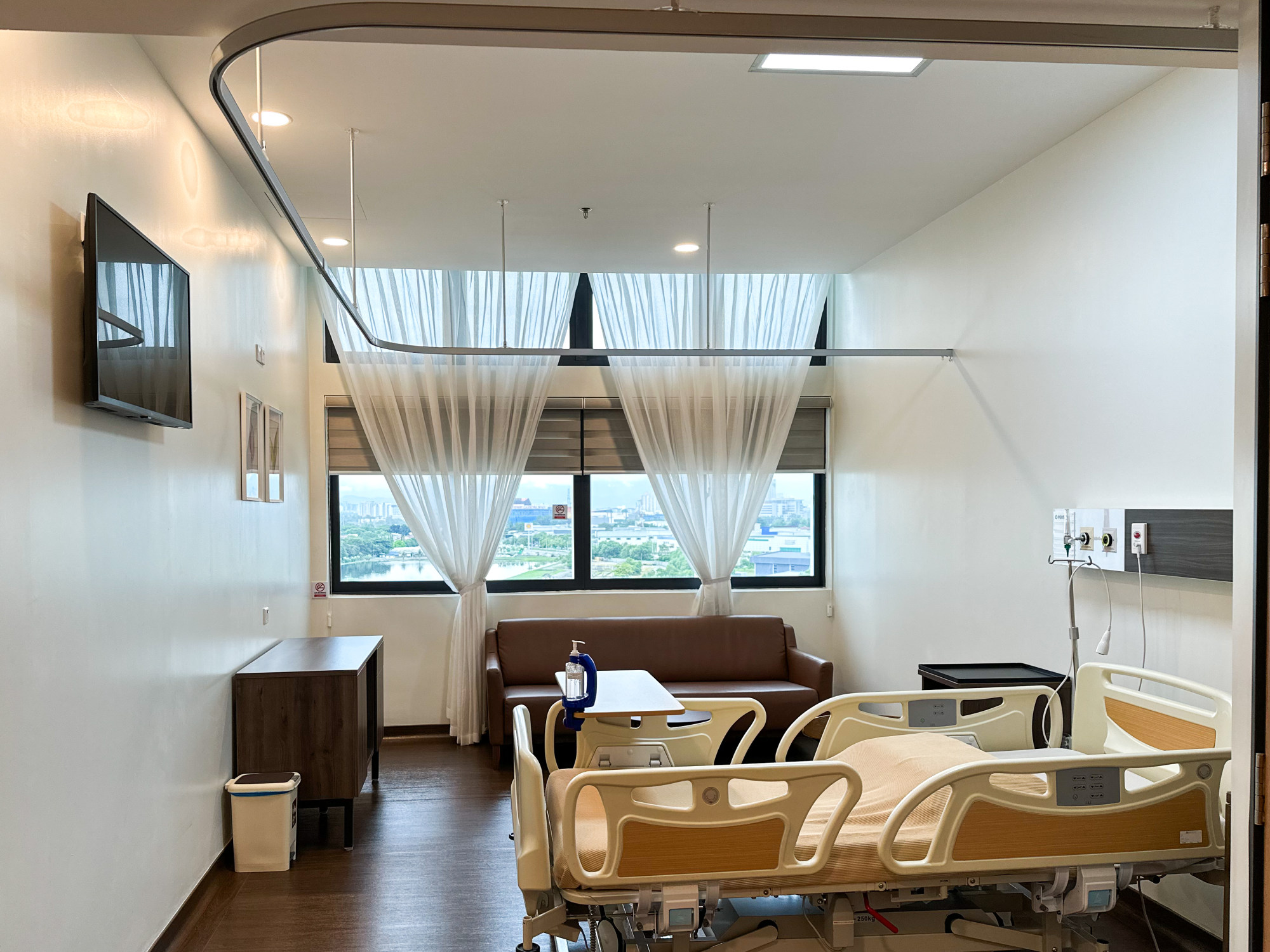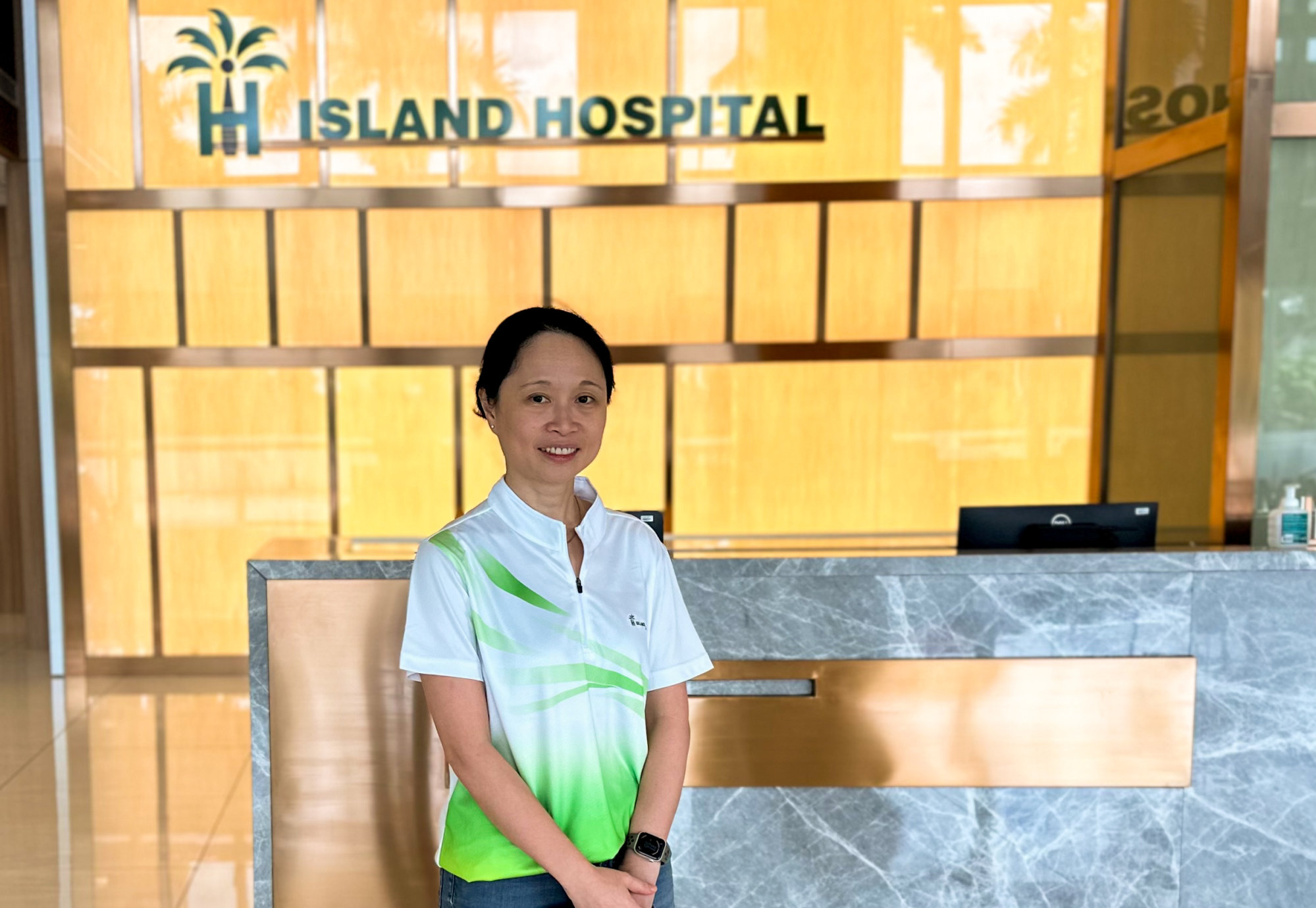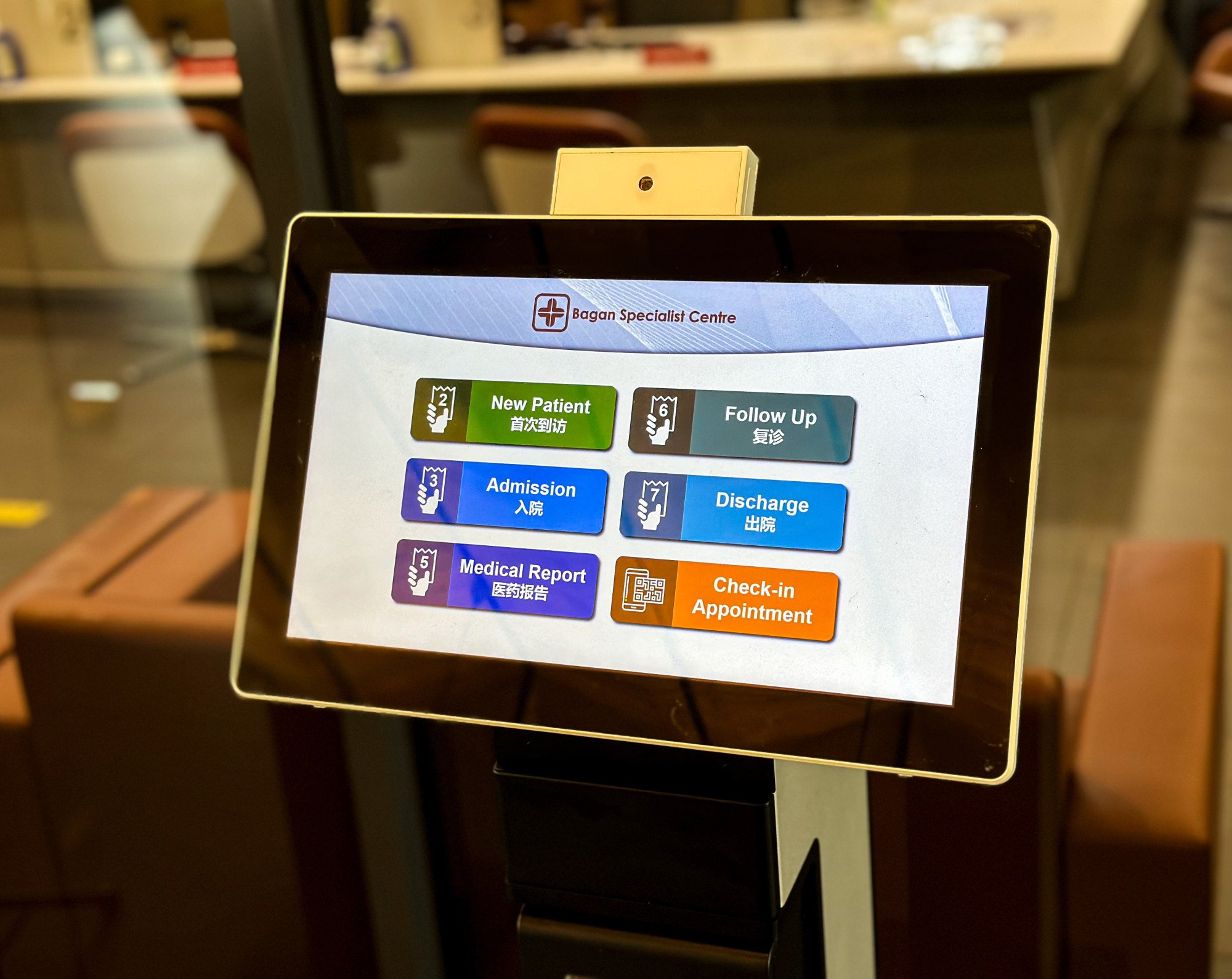Malaysia’s Penang hopes to hook Chinese medical tourists with healing holidays
But for Malaysia to grow beyond its pre-pandemic high of 1.7 million ringgit in 2019, officials say the country needs to attract more medical tourists besides Indonesians, who currently make up the vast majority of their foreign patients.

That’s why Malaysia, and Penang in particular, are increasingly looking to woo medical tourists from China. For example, MHTC has opened a representative office in Hangzhou and signed several agreements with Chinese medical organisations to smooth the way for mainlanders seeking medical treatments in Malaysia.
Hospitals in Penang also see great potential in Chinese medical tourists to diversify their market base. PMED has conducted road shows in China aiming to attract foreign patients to the state by positioning it as a “Good Health Great Holidays” destination.
Lim Kooi Ling, the chief of staff at Island Hospital in Penang’s capital of George Town, said she sees significant potential for growth in the Chinese market, citing China’s huge population, growing affluence and the removal of its one-child policy.

She said many Chinese patients seeking medical care in Malaysia required “very niche and very specific” treatments, many of which were focused on fertility.
Indeed, MHTC has been marketing Malaysia as a “fertility hub” and targeting China since the one-child policy ended, leveraging their relatively high IVF success rates.
But fertility treatments are far from the only medical services that are attracting mainlanders to Malaysia.
“There is a growing group of Chinese who are looking for regenerative medicine options,” Lim said, referring to treatments that seek to replace or regenerate tissue and organs. “So we have to work closely with our regulators and policymakers to tap into these types of areas.”
Malaysian IVF clinics target Chinese looking for a bigger family
Malaysian IVF clinics target Chinese looking for a bigger family
PMED reported that 287,379 foreign patients visited Penang in the first nine months of this year, more than double the 127,920 medical tourists that came during the same period in 2022. Indonesian made up 84.1 per cent of those patients, followed by China at 1.9 per cent and India at 1.7 per cent.
Part of the impetus for Penang and Malaysian officials to make more inroads into the Chinese market is because Indonesia’s health ministry has announced its own ambitious plans to improve the country’s quality of medical care, to not only keep its own citizens from seeking treatments abroad but to attract medical tourists of their own.
One of Penang’s advantages in attracting medical tourists from China is that it has a growing reputation for being a high-quality holiday destination.

“The post-pandemic tourism trend in China is moving from going to the most famous places towards discovering new destinations, and from sightseeing and shopping to special interest tours including health services,” said Wolfgang Georg Arlt, CEO of the Hamburg-based China Outbound Tourism Research Institute.
Arlt said Chinese medical tourists chose to seek healthcare abroad for a number of reasons, including having “more trust in international experts”; seeing “more prestige in international treatment”; “established service structures with recommendation marketing and Chinese-speaking personnel”; and because they wanted “privacy for treatments you do not want to let other people know about”.
“For serious medical operations, countries like the US are preferred; for treatments regarding well-being, beauty and others, closer-to-home destinations like Southeast Asia are preferred,” he said. “This trend will continue to grow in the coming years.”
Gary Bowerman, director of travel consultancy Check-in Asia, noted that value for money is another important reason Penang would be appealing to Chinese medical tourists, as is geography.
“The year-round warm climate in Southeast Asia is a factor, particularly during recovery time when you consider China has long, cold winters. Direct flight access, rather than having to change planes at a layover airport, is particularly important for ill patients and those travelling for surgery,” Bowerman said.
There are currently direct flights from Guangzhou and Xiamen to Penang, with potential direct flights between Beijing, Shanghai and other Chinese cities also under discussion.
Hong Kong also has direct flights to Penang. Some analysts believe that Malaysia’s new 90-day tourist visas for Hongkongers might also lead to a rise in medical tourists from the Special Administrative Region. MHTC has signed a memorandum of understanding with a number of Hong Kong healthcare firms to help arrange transport and screenings for patients for Hongkongers looking to get medical services in Malaysia.
‘Much cheaper’: Malaysia’s new visa for Hongkongers could boost medical tourism
‘Much cheaper’: Malaysia’s new visa for Hongkongers could boost medical tourism
Despite the ease of access, Bowerman noted there were some factors that could dissuade Chinese medical tourists from considering Southeast Asia.
“It’s important to note that the [yuan] has been more volatile in the past year or so, which may influence the decisions of price-conscious medical tourists,” he said.
But those fears are primarily tied to Thailand and Cambodia. Penang doesn’t carry such stigma and boasts a number of travel experiences to interest Chinese tourists beyond medical services – from heritage sites such as the Pinang Peranakan Mansion to the state’s celebrated culinary offerings such as char kway teow, their signature take on stir-fried rice noodles.
MHTC has noted that for every ringgit spent by a medical tourist on treatment, another 4 ringgit is spent on related industries such as hospitality and transport, making the stakes for growth in this market even higher.

